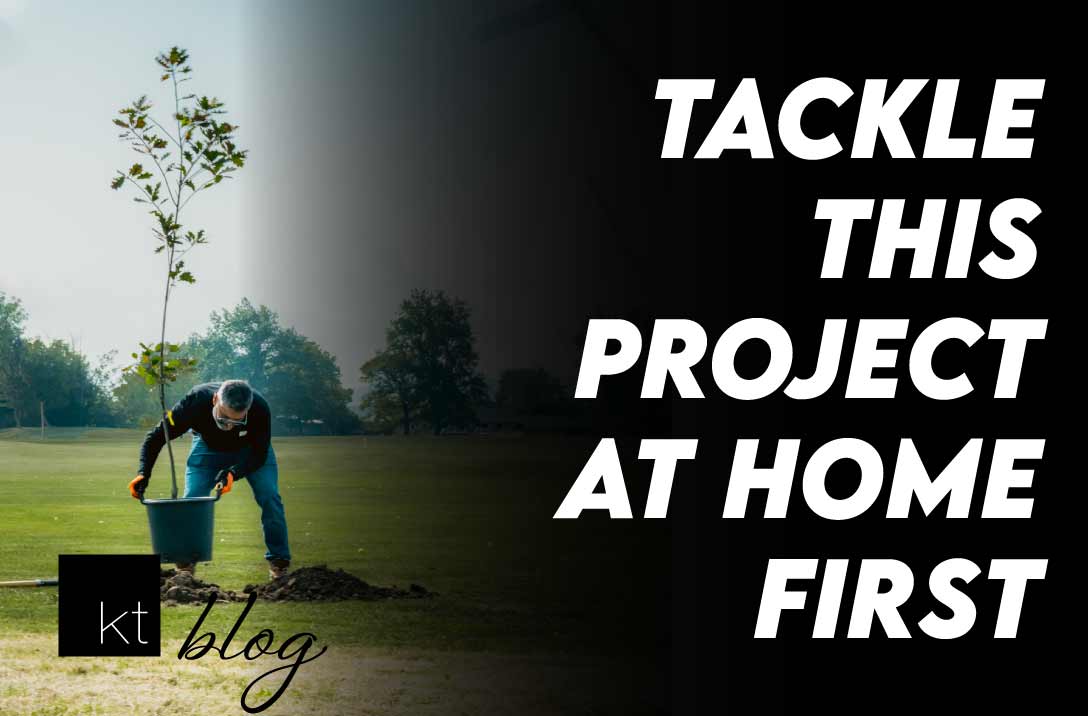Which Renovation to Tackle First
When moving into a newer home, most people spend their time, effort, and money on the inside rather than the outside. We suggest the opposite. There’s never been a question that we’re tree lovers. So this suggestion shouldn’t come as a surprise.
Newer properties offer plenty of perks, but you don’t have much backyard privacy. That’s where landscaping and planting a tree (or more) comes in.
Planting a tree is a great way to add natural beauty, shade, and privacy, to an otherwise uninviting space. It’s amazing how the natural barrier creates a peaceful setting, with leaves rustling in the wind, the sun glistening in from behind the branches, and birds and wildlife appearing.
Trees also diminish pollution by absorbing nitrogen oxides and carbon dioxide from the air, and they can also remove fossil fuel emissions from the atmosphere, helping the environment and improving your home’s air quality. This UK study found that roadside trees reduced pollution in nearby houses by over 50 percent.
Using Trees to Lower Utility Costs
The shade trees provide can reduce exposure to UV rays and keep you and your property cooler on hot summer days, decreasing air conditioning consumption and lowering your monthly utility bills.
Trees can also moderate water evaporation from your grass, so you’re not spending as much time and money on lawn watering. Trees can improve soil quality and prevent slope erosion by slowing runoff and keeping the soil in place.
How Tall Do Trees Grow Annually?
While some trees can take decades to show substantial growth, others, which are native to the region, are fast-growing and ideal for local conditions, which means they are more likely to thrive.
For example, the Eastern white pine is Ontario’s provincial tree and will grow over 24 inches yearly to a height of up to 80 feet. The sycamore is an even faster-growing native species. It can grow between 3 to 6 feet a year to a height of up to 100 feet. The tulip tree is another excellent choice. This ornamental species will grow up to 24 inches a year and has the bonus of producing stunning yellow-green tulip-shaped flowers in the late spring or early summer. Have limited space? Consider tall, narrower trees such as an ornamental pear tree that won’t occupy much of your backyard space but still grow upwards of twelve to twenty-four inches annually.
Not only will you enjoy the beauty and privacy of a treed backyard, but when it comes time to sell your home, you have a private property to entice buyers and make your home stand out from the competition. There’s no question that trees and landscaping add to a home’s curb appeal and may even increase its value.
Before you know it, you’ll keep your second-level blinds open, walking around in the buff with the visual buffer of gorgeous trees preventing neighbours from peering through.
For more tips on buying and selling real estate, contact KT Realty at 1 (800) 617-0090.





